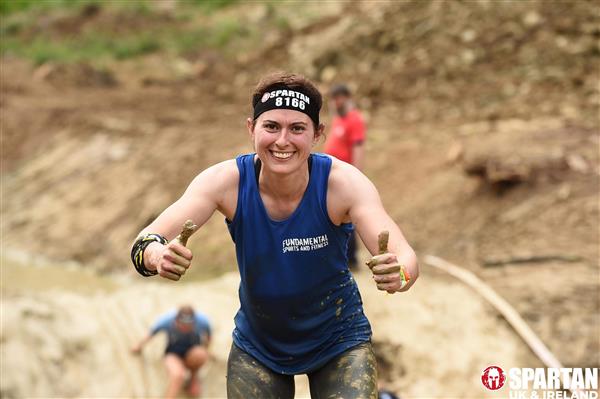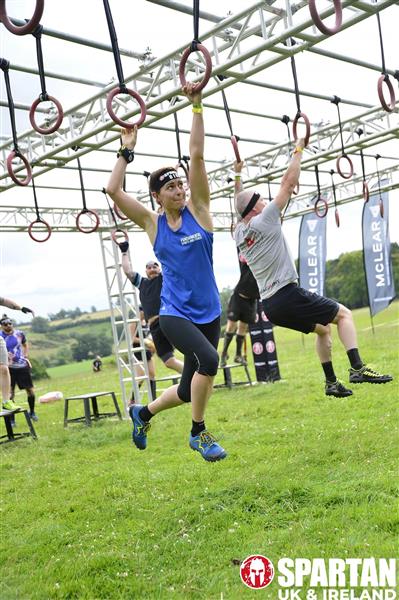My Top Ten Tips for Obstacle Course Racing
Obstacle Course Racing (OCR) is a great way to challenge your fitness whether you’re looking to take part in your first OCR or are a seasoned racer.
At our Personal Training Studio in West Bridgford, Nottingham we have many clients who want to improve their strength and fitness and take part in our OCR Training Programme.
When training for an event you need to make sure you’re physically and mentally prepared to take part in the event and ready for race day.

Here are my top tips for taking part in an obstacle course race.
- Upper Body and Lower Body Strength
You need to have upper and lower body strength to take part in an obstacle race. You’ll have to tackle a range of obstacles out on a course and having a good all round fitness will help you. You want to strengthen your chest, back and shoulders for your upper body and your glutes, quads and hamstrings for your lower body. This could be done with a mix of press ups, pull ups, squats and deadlifts.
- Grip Strength / gloves
As you can imagine you’re going to need good grip strength to hang on to monkey bars and rings as you’re swinging across obstacles. Some people chose to race with gloves on to help protect their hands and when it’s cold they can make all the difference to helping you grip onto the obstacles.
- HIIT training
Mixing up your training plan with circuits and high intensity training will help to increase your fitness levels. Having a personal trainer can help motivate and push you harder, especially on this type of intense training.
- Carries
During in obstacle course race, you can guarantee at some point you’re going to need to carry or lift an object. Whether that’s a bucket in a Spartan race, or a sandbag slung over your shoulder as you’re running up and down hills. You can incorporate farmers walks in the gym or squats with a power bag into your training programme.
- Pull Ups
Pull Ups are a great way to improve your upper body strength and there a variety of different pull ups to try as you improve them. Whether that’s decline pull ups, negative pulls ups and even using resistance bands to help aid you as you work up to doing your full pull ups. Once you’ve mastered these you’ll be able to take on monkey bars, rings, ropes and any other obstacle a mud run and race has to throw at you.

- Shoes
Having a good pair of trail shoes will help you when you take on an obstacle race. You want a pair with good grip on them and if they get wet allow water to drain quickly and easily from them. That will make the difference to slipping and sliding all over the place in the mud, help you as you climb over walls and balance along beams.
- Food
Having the right nutrition is going to make sure your body is fuelled for your entire race. Making sure you eat regularly throughout the day on training days and on race day having a substantial breakfast will give you the energy and endurance you need to race. After the race make sure you eat as soon as possible to replenish the lost nutrients during your event.
- Running
As much as doing strength and conditioning exercises to help you get over obstacles you also need to get in some running training as well. Vary the distances you’re running so challenge your body but make sure you progress this slowly. It’s also a good idea to mix up the surfaces you run on. As many obstacle course races take part in fields making sure you do trail running and practise on uneven surfaces will help your concentration and balance when you’re running.
- Technique
Having the correct technique on an obstacle can make all the difference on how quick you’re going to get round a course, plus help limit the amount of bruises you might get. Our obstacle race training programme is the first step to this. There are also other purpose built facilities that you can go and practise and train on before an event to make sure you’re prepared and confident when it comes to race day.
- Have fun
Most of all have fun, whether you’re running with friends or taking on an event on your own, obstacle course races are known for being very friendly. The marshals and the other people taking part in the course are there to help you and make you enjoy the whole experience. There are lots races out there to choose from, Spartan, Tough Mudder, Warrior Assault and so many more.